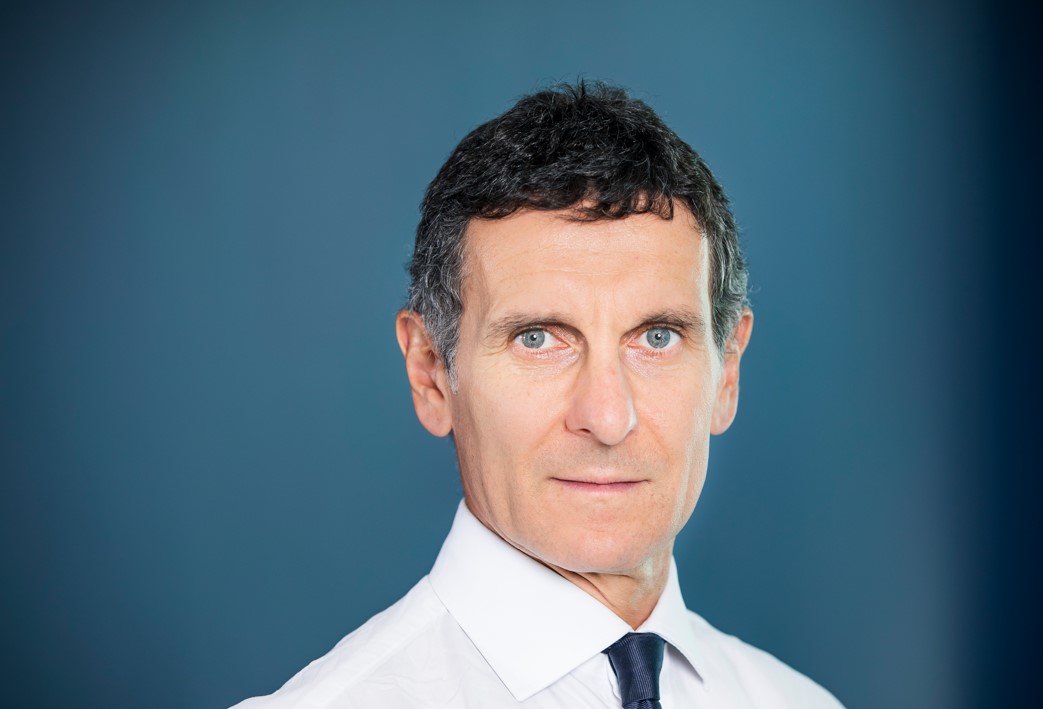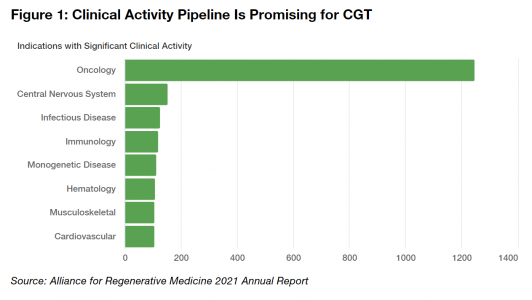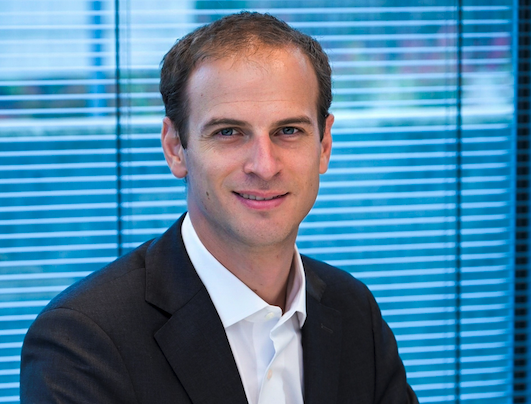Mary Ann Bartels Joins Sanctuary Wealth as Chief Investment Strategist
| For Marcelo Soba | 0 Comentarios
Sanctuary Wealth announces the appointment of Mary Ann Bartels to the newly created office of Chief Investment Strategist.
A veteran of more than 35 years in financial services, she spent more than two decades at Bank of America Merrill Lynch, where she was Head of Technical & Market Analysis and led the Research Investment Committee (RIC).
She brings a wealth of knowledge and experience that will provide tremendous value to Sanctuary partner firms and allow them to offer additional innovative investment solutions to clients, the firm said.
During that time, she created research that advisors and clients relied on to make informed decisions regarding their investments and received the prestigious Institutional Investor All-American Research award for six consecutive years.
Bartels has been a frequent commentator on CNBC, Bloomberg, and Fox Business and is regularly quoted in publications including Barron’s, The Wall Street Journal, and Financial Times. She has been a regular presenter at the annual Barron’s Advisor Women Summit, including serving as a keynote speaker.
“Mary Ann has built an outstanding and well-deserved reputation on Wall Street over the last 30-plus years for her research skills and thoughtful insights,” said Jim Dickson, CEO and Founder of Sanctuary Wealth. “She’s fiercely dedicated to providing the best solutions to advisors and their clients as well as being a tireless advocate for women in the financial world. Independent financial advisors don’t normally have access to someone of Mary Ann’s caliber. Our network will have direct access to collaborate with her as much as they want.”
During her time in the Merrill Lynch Chief Investment Office (CIO), she produced thought leadership on investment guidance and portfolio strategies for advisors and their clients, including the creation of the first client roadshow and spent six years educating advisors, clients, and prospects about the markets, the economy, and world events. Mary Ann also created the first research products for Exchange Traded Funds (ETF) for a large investment banking firm covering over 500 ETFs, according the firm release.
“I’m excited to be joining Sanctuary Wealth because I love the markets, but what I love most is working with best-in-class advisors and their clients to assist them in building out their future plans. It’s a passion I’ve had for decades, and Sanctuary is the ideal place for me to put that passion to work in the service of others,” said Bartels. “I’ve always felt that an important part of my mission was to help people understand the markets and market behavior so they can make better informed decisions with their advisors. I look forward to continuing to do that with Sanctuary’s growing roster of advisor partners.”
Bartels has been a strong advocate for women in financial services due to the mentorship of her aunt Bernadette Bartels Murphy, who started working on Wall Street in the 1950s and rose to become one of the first woman traders and a trusted source for investment counsel for countless clients, the firm says.
She immersed in the world of decentralized finance (DeFi), blockchain, and cryptocurrencies, taking several courses and joining the London Real Investment Club, a prestigious investment club that specializes in the space.
“We will probably go through many changes as this new form of technology evolves under the umbrella of decentralized finance including cryptocurrencies, NFTs, and the metaverse, and I want to be able to help Sanctuary’s advisors and their clients understand and participate in this exciting new development,” she explained.
Also joining Sanctuary Wealth is Laura Anacker, Portfolio Strategist. She brings over 18 years of experience in the financial services industry, holding various positions at Merrill Lynch and Goldman Sachs. She’s spent the better part of the last 9 years as an Investment Advisory Specialist where she was responsible for providing fiduciary portfolio construction and guidance to over 700 domestic and international Merrill Financial Advisors and Private Wealth Advisors.









